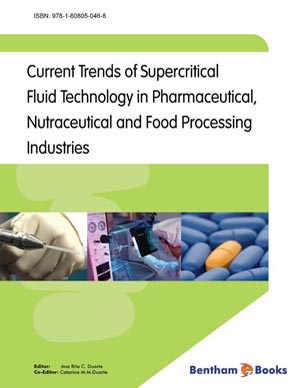Abstract
The discovery of the vitamin D system, which plays an important role in maintaining the health of living beings, has made significant contributions to the medical field. Immediately after the discovery, it was postulated that vitamin D (cholecalciferol or ergocalciferol) was not active, and did not have any physiological function. It was subsequently found that vitamin D needs to be metabolized in the liver and kidney by hydroxylation to be transformed into an active form. Subsequently it was shown that most of the physiological functions of the active form of vitamin D are mediated by a nuclear receptor, the vitamin D receptor (VDR), to exert genomic actions to control expression of various VDR target genes. Furthermore, although the active form of vitamin D was originally considered to be mainly a hormone that regulates mineral metabolism, it is now recognized that active vitamin D is a hormone involved in modulating numerous physiological functions based on the wide distribution of VDR in various cells and tissues in the human body. This recognition is supported by many studies that demonstrate the correlation between abnormal vitamin D metabolism and numerous pathological conditions. In chronic kidney disease (CKD) patients with impaired vitamin D metabolism, the most significant cause of death is cardiovascular complications, suggesting an important role of the vitamin D-VDR axis in maintaining cardiovascular function. Thus, in addition to the development of vitamin D analogs for the treatment of bone disease and hyperparathyroidism secondary to CKD, the application of vitamin D analogs for treating cardiovascular disease in CKD has been attracting attention.
Keywords: Calcitriol, cholecalciferol, CYP24A1, CYP27B1, 7-dehydrocholesterol, ergocalciferol, vitamin D, active vitamin D, vitamin D receptor, vitamin D response element (VDRE).



















